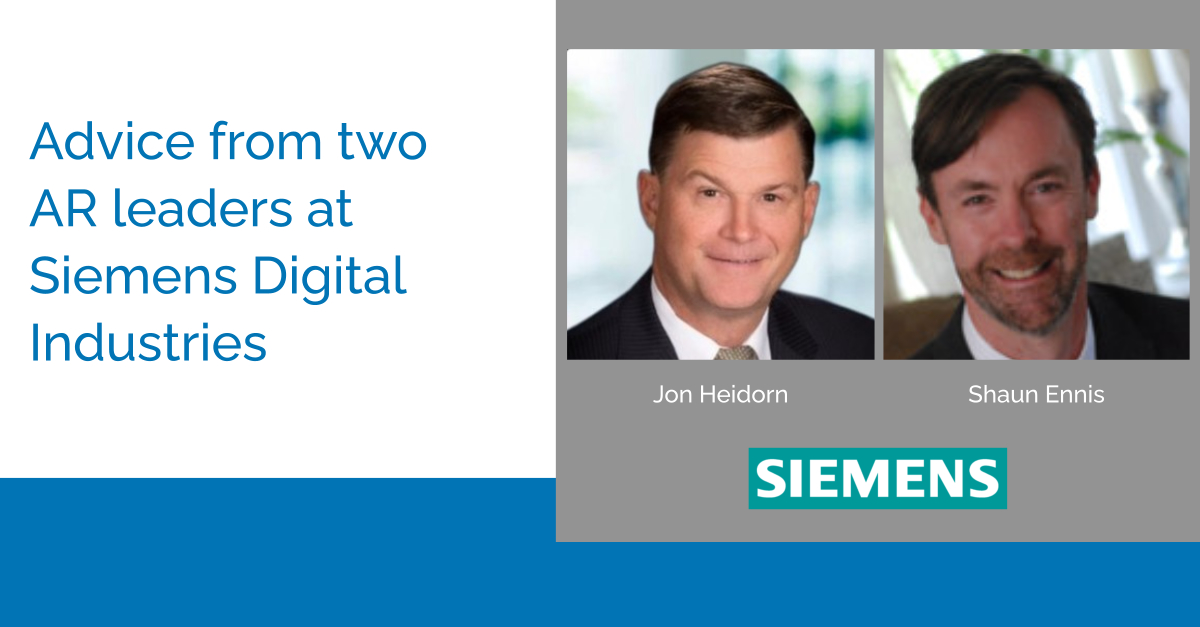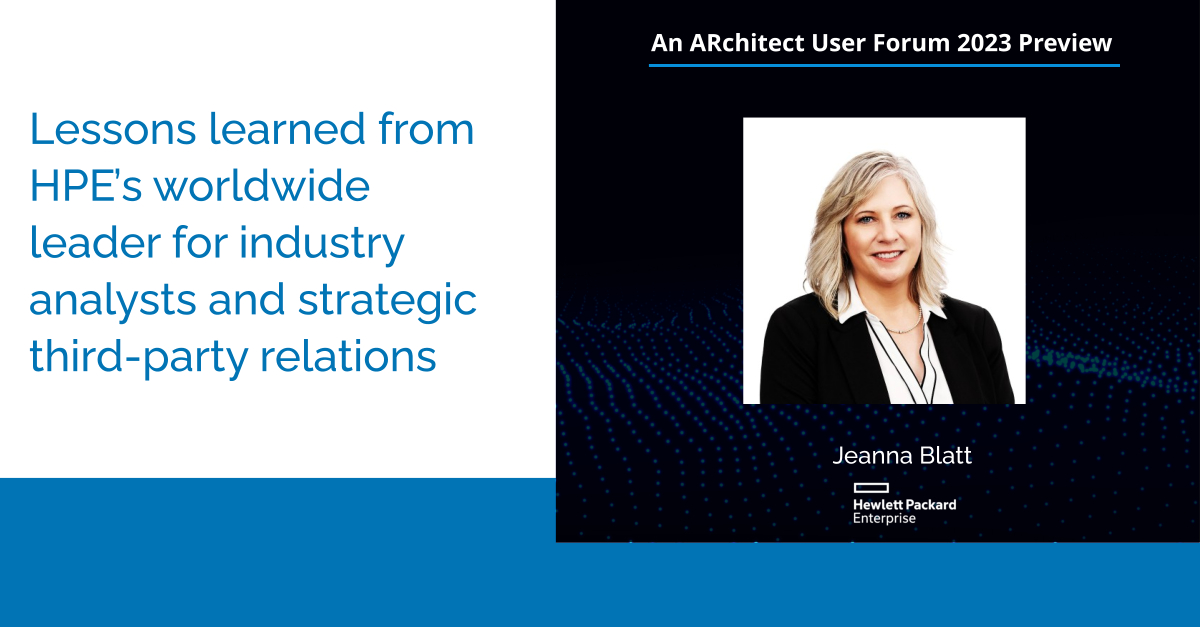Analyst relations (AR) teams juggle many important activities in their day-to-day work. Among their priorities, they often face the need to organize, execute on and manage strategic projects and campaigns — whether that’s planning for an analyst summit, participating in a major market evaluation (such as a Magic Quadrant or Wave), coordinating pre-briefings for a key product launch, or more.
Each project, of course, has lots of moving pieces for AR pros to align on (both with fellow team members and within their broader organization) and track. With frequent information updates and changes, impending deadlines and multiple participants, it’s important to make sure nothing slips through the cracks.
Leading AR programs, such as at Siemens Digital Industries, use AR software to get central visibility into (and support for) all the efforts and interactions associated with major AR projects, along with their status. Importantly, they can also correlate project activities to business outcomes, to see whether and how they’re moving the needle.
We were thrilled to connect recently with Jon Heidorn and Shaun Ennis, AR leaders at Siemens Digital Industries, an operating company of Siemens and a leader in industrial automation and software. Jon and Shaun will be featured speakers at ARchitect User Forum next month, being held virtually Dec. 7-8. Read their Q&A below to learn more about the value of AR at Siemens Digital Industries, the AR outcomes they measure, and how software helps their team improve efficiency, stay organized and aligned on projects, and drive results.
Q: What are your roles at Siemens?
A: I’m Jon Heidorn, head of analyst relations at Siemens Digital Industries. And I’m Shaun Ennis, senior director of analyst relations at Siemens Digital Industries Software.
Q: What is the mission of your AR team?
A: Probably similar to most AR functions, our mission is multifold. We work to increase awareness of our digital transformation software solutions, as well as our own strategies, as a major industrial player, to transform ourselves digitally. And so we drive visibility for those technologies among the analyst community; grow mindshare among analysts, positioning Siemens Digital Industries as a leading technology company; and increase analysts’ preferences for and recommendations of our business.
Also very important to the AR program is incorporating analyst feedback, research and other information to advance the business — increasing inbound engagements and using analyst insights to improve our solutions.
Q: What value does Siemens Digital Industries place on analyst relations?
A: Siemens Digital Industries continues to grow and expand its portfolio to incorporate SaaS, AI, digital transformation services, Internet of Things (IoT), product lifecycle management (PLM), digital twin, edge and many other leading technologies. As the cloud accelerates the adoption and convergence of many technologies, our customers’ needs require the integration of information technology (IT), operational technology (OT) and engineering technology (ET) solutions, supporting the full product and factory lifecycle. Our opportunity is to tell a wider story, beyond point solutions, that connects with and delivers real value to companies — changing their business models and enabling them to build smarter, more connected solutions for their own customers. We see analysts as visionaries who can help us validate our strategy, as well as transport our story to a broad market.
This makes analyst relations a critical and strategic function within our organization, as we seek to keep aligned with what the analysts are seeing in the market. As our company itself transforms, the influence that analysts hold with customers and prospects increases, and so does the perceived value of analysts and analyst relations. This has resulted in top-down support from company leadership for AR initiatives, driving a number of significant analyst report placements and overall awareness of the importance and impact of analyst relations.
Q: What AR challenges does your organization face?
A: We have a very small team and often have to balance the need to cover a wide set of activities to support the business with the need to also embed the AR team deeper into the business itself, so we can drive deeper engagement with analysts. Given our AR headcount, and with only so many hours in a day, we have to prioritize. This means being strategic and reasoned about what we say “not important enough” to.
In addition, continually educating new stakeholders on the value of analyst relations and its impact on our business continues to be a priority, as we strive to drive greater internal engagement and awareness as our business grows and broadens.
Q: How do you use people, process and technology to improve AR efficiency?
A: From a people perspective, we really try to “deputize” people in the various product groups to devote a meaningful part of their time to analyst activities. This may mean being a spokesperson, but it could also mean marshaling internal content and subject experts to convey a story or listen to analyst feedback, or drive a marketing engagement.
Technology-wise, we currently log our analyst activities into ARchitect, using categorization to help us identify priorities and align activities across the team. Despite being a relatively small team, alignment requires effort and automation.
In particular, one area we’ve implemented in ARchitect is the use of “projects.” We categorize our analyst activities by project to help group the interactions — so we can track any number of associated touchpoints. Additionally, we’ve attached outcomes (such as research or blog inclusions) to the same categories. This gives us the ability to draw insights and correlate activities with outcomes.
We also leverage ARchitect Premium Content to track analyst mentions across research reports, blogs, media articles and tweets, so we can report on traction. Where we can, we tie such output to the projects as well — to try to get a full view.
In the last year, we also launched the ARchitect Analyst Portal. It’s been helpful to point our analysts to a destination where they can self-serve — enabling them to access our latest content, on-demand. Our aforementioned “deputies” help us with creating and posting content here, as keeping it fresh with useful content is the ongoing task now.
Q: What is the tentative title of your User Forum presentation? What’s the single most important thing people will learn from it?
A: The title of our presentation is: “Correlating Analyst Projects with Outcomes.”
Attendees will learn how the Siemens Digital Industries AR team has leveraged ARchitect to manage projects related to key campaigns and major evaluation reports. We’ll show how this has resulted in a better understanding of the correlation between activities and outcomes, and helped our business achieve leadership positions in every major analyst report during the time period we measured.
Want to hear more from Jon, Shaun and other AR pros? Join us at ARchitect User Forum, Dec. 7-8, from 9 a.m. – 12 p.m. PT each day. The virtual event is an opportunity to learn new AR strategies, listen to real-world success stories and share ideas with other AR practitioners across the globe. We hope you’ll register and join us!




